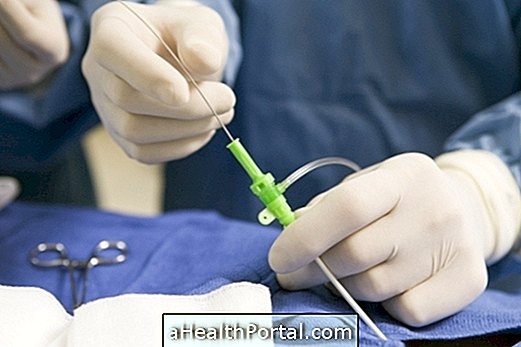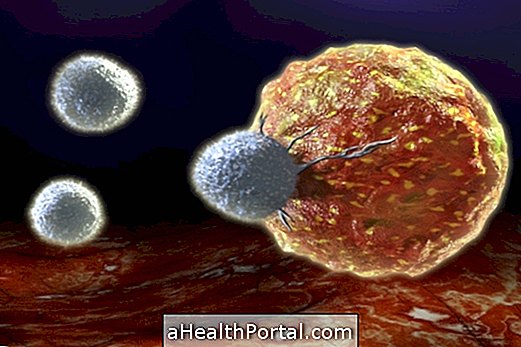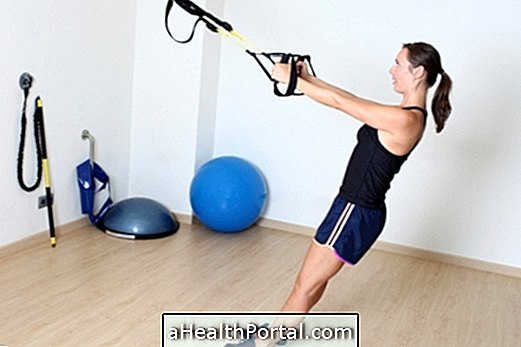Global postural reeducation (RPG) consists of exercises and postures used within physical therapy to combat spinal changes such as scoliosis, hunchback and hyperlordosis, as well as other health problems such as headache, knee, hip, and even changes such as annoying foot, for example.
In this treatment, the physiotherapist analyzes the person's entire posture and indicates the exercises that he or she needs to perform to strengthen the weaker muscles and lengthen the muscles, tendons and ligaments necessary to realign the entire body.
Key Benefits of RPG
The benefits of global postural reeducation can be realized from the first sessions, where the person becomes more aware of their body posture, which is already a stimulus for them to strive to maintain good posture during their daily lives. Other benefits include:
- Fight back pain and realign the spine;
- Eliminate sciatica;
- Cure the torticollus;
- Correct the positioning of the knees;
- Improve respiration and movement of the trunk in people with ankylosing spondylitis;
- Solve spine problems like herniated disc;
- Contribute to the treatment of changes in the joints as in chronic pain of the hip;
- Eliminate headache caused by over-tensioning the muscles of the back and neck;
- Eliminate headache and pain in the jaw caused by changes in the temporomandibular joint;
- Correct the flat foot, for allowing a better realignment of the forces of gravity;
- Improve breathing by allowing a greater amplitude of respiratory muscles;
- Improve the position of the head, which in many cases is more forward, than the ideal;
- Improve shoulder positioning, which in many cases is more forward.
In RPG exercises are indicated taking into account the need of each person and therefore the prescription is individual, there being no general recommendation because each person has unique characteristics that should be taken into consideration. Each session lasts approximately 1 hour and is individual.
What are RPG exercises
There are 8 global postural reeducation exercises that are actually postures where the person needs to stand still for a few minutes. Are they:
- Frog on the ground with open arms
- Frog on the ground with closed arms
- Frog in the air with open arms
- Frog in the air with closed arms,
- Standing against the wall,
- Standing in the center,
- Sitting with previous tilt
- Standing with anterior slope
During these exercises the physiotherapist usually asks the person to contract the abdominal and keep the back glued to the stretcher, but without raising the ribs. In addition, stimuli are made that lead the person to have to maintain the posture of the RPG for some 4 to 7 minutes, without losing the strength in keeping the shoulders resting on the stretcher and the feet tightly joined, for example.
The treatment time varies from one person to another, but after 3 or 4 sessions it is possible to see if the treatment is being beneficial or not. Scoliosis and hyperkinesis can be corrected with approximately 8 RPG sessions, but when the spine is very 'crooked' it may take more sessions.
How is the treatment with RPG?
In an RPG session the physiotherapist will indicate what position the person should stand for at least 3 minutes. In this posture, it may be necessary to make small adjustments to fit the breath and the person has to make an effort to keep the muscles standing in the position indicated.
As a way of progression, the physiotherapist can stimulate the person to do against his hand, to make it difficult to remain posture, which makes the correct positioning even more challenging.
Sometimes during an RPG session, other exercises are also performed that are indicated for the treatment of pain or injury that the person presents, in addition to manipulations and myofascial therapy, which is why this is a technique that can only be performed by physiotherapists




















